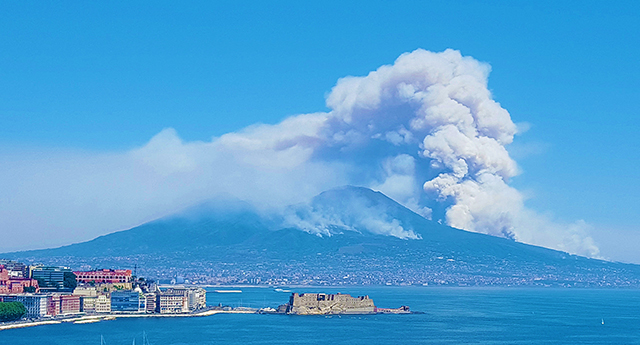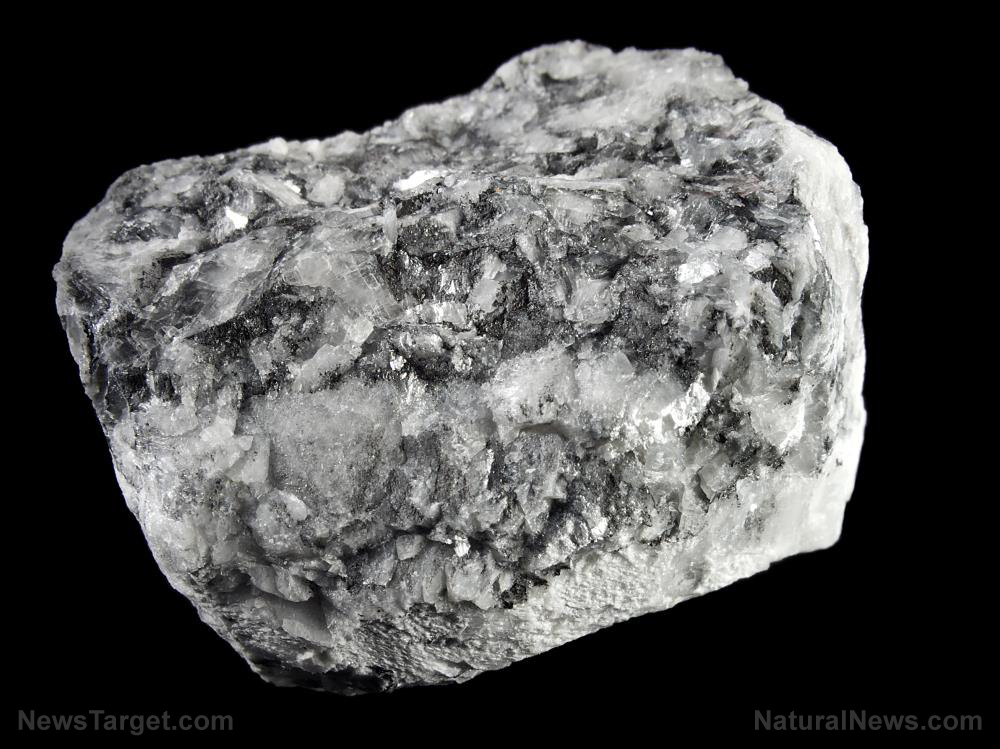Icy water detected in fresh moon craters may have several sources, suggest scientists
10/27/2020 / By Virgilio Marin

Researchers from Brown University and the National Aeronautics and Space Administration (NASA) found that the icy water in the moon may have sources besides volcanism and meteorites. In a study published in the journal Icarus, the researchers revealed that the ice deposits in some of the moon’s south pole craters formed relatively recently, suggesting other processes must be involved.
Icy water on small moon craters formed recently
According to the researchers, water was thought to have come to the moon either through water-bearing meteorites or volcanic activity that drew water from deep within it. However, these sources apply only to ice deposits that formed a long time ago. There hasn’t been any big water-bearing impactor in recent times and studies showed that volcanism ceased on the moon over a billion years ago.
“The ages of these deposits can potentially tell us something about the origin of the ice, which helps us understand the sources and distribution of water in the inner solar system,” said lead author Ariel Deutsch of Brown’s Department of Earth, Environmental and Planetary Sciences.
For their study, the researchers estimated the age of the large craters using data from NASA’s Lunar Reconnaissance Orbiter, a robotic spacecraft orbiting the Moon since 2009. The ice deposits couldn’t be any older than the crater, so knowing the estimated age of the latter puts an upper limit on the age of the ice.
Analysis showed that the majority of the ice deposits are found within large craters that formed 3.1 billion years or so ago. The deposits have a patchy distribution across crater floors, which suggests that the water ice had been battered by micrometeorite impacts over a long period of time. This means that these deposits formed a long time ago.
However, the ice deposits in smaller craters appeared to have had formed recently based on their sharp, well-defined features, according to the researchers.
“That was a surprise. There hadn’t really been any observations of ice in younger cold traps before,” said Deutsch. If the ice deposits in the smaller craters were indeed younger, then water was likely delivered by mechanisms other than volcanism and meteorite impacts. (Related: Lunar meteorite hints at the moon having water, once upon a time.)
These mechanisms, according to the researchers, may include a bombardment from pea-sized micrometeorites or implantation by solar wind. But to know for sure, scientists need to get hold of some samples taken directly from the moon. Fortunately, that appears to be on the horizon as NASA plans to send humans back to the moon by 2024 as part of its Artemis program. The study, in turn, could help the Artemis team know what to expect before landing on the moon, said the researchers.
NASA’s Artemis program
Artemis is comprised of three mission patches. The first of these missions is an uncrewed flight, called Artemis I, that will be launched next year. Artemis I will test both the Space Launch System (SLS) rocket and Orion spacecraft to ensure the safety of the operations. NASA will also send 13 small satellites aboard the SLS to be used for science and technology investigations.
In 2022, the agency plans to launch the Artemis II mission, the first crewed flight meant to test the capabilities of SLS and Orion with astronauts in them. The crew will fly by the moon and then orbit Earth twice before returning home.
If all goes according to plan, NASA will launch its third mission, Artemis III, in 2024 to send the first woman and the next man to the moon. The astronauts, together with NASA’s robots, will test new technologies, probe the moon and study Earth and the rest of the solar system from a lunar perspective.
Read more studies about the moon at Space.news.
Sources include:
Tagged Under: cool science, cosmic, craters moon, meteorite impact, moon volcanism, NASA, NASA Artemis, Space, space exploration, space research, the moon, water on moon
RECENT NEWS & ARTICLES
COPYRIGHT © 2018 BREAKTHROUGH.NEWS
All content posted on this site is protected under Free Speech. Breakthrough.news is not responsible for content written by contributing authors. The information on this site is provided for educational and entertainment purposes only. It is not intended as a substitute for professional advice of any kind. Breakthrough.news assumes no responsibility for the use or misuse of this material. All trademarks, registered trademarks and service marks mentioned on this site are the property of their respective owners.



















